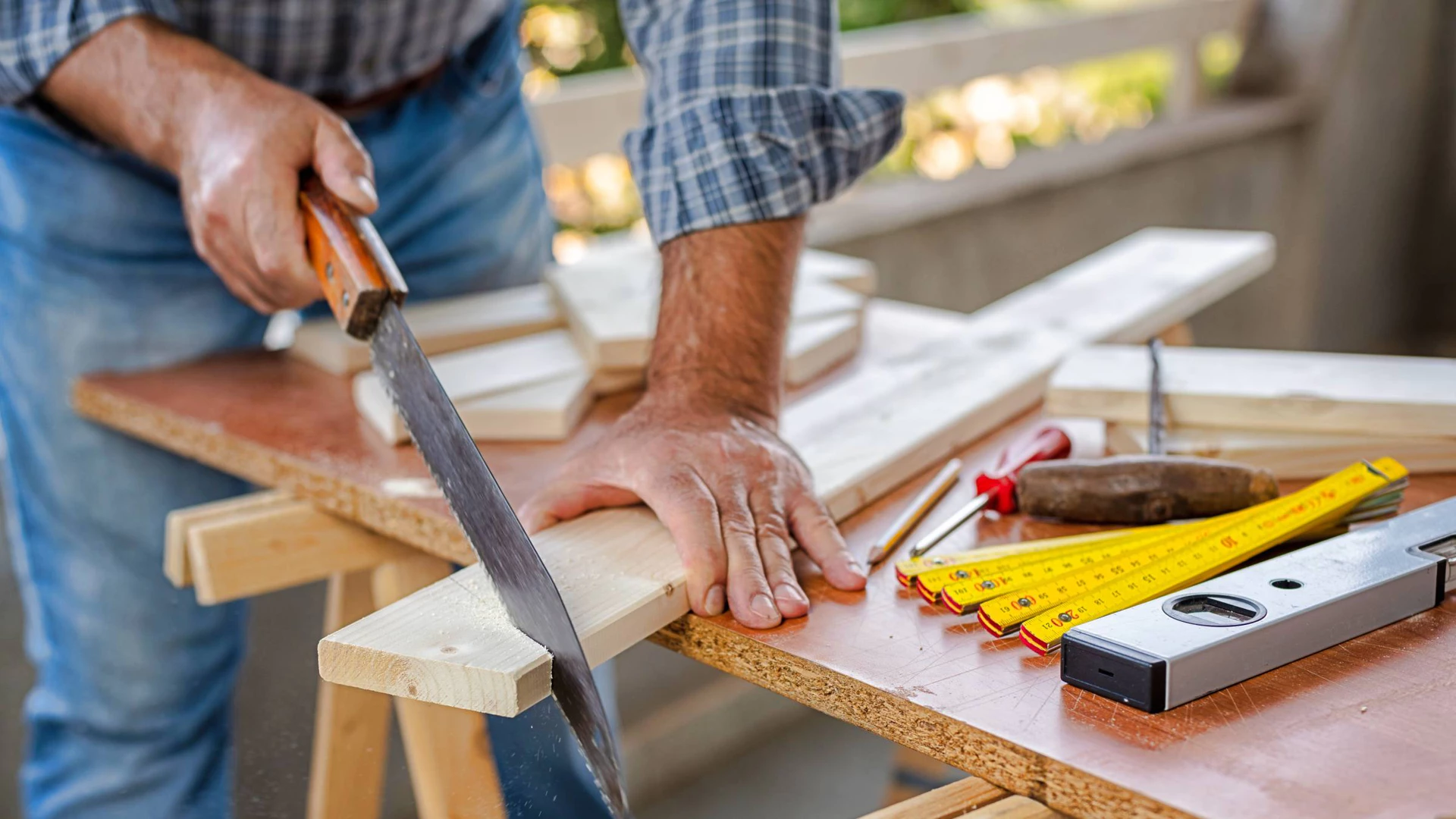We adore gorgeous kitchens, but have you ever thought about whether your cabinetry and finishes could be bad for your health or well-being? Unfortunately, the answer is yes. Nowadays, chemical compounds are present in almost everything we use, which range from the materials, glues, and finishes in furniture or cabinets. Whilst these chemicals provide you with features such as durability and glossiness, on the other hand, the safety issues related to them may become more of a concern than the benefits.
The Dangers of Toxic Chemicals From Cabinetry
Almost all types of conventional building materials, glues, thinners, paints and other products meant for cabinet production are harmful containing toxic chemicals. These substances can get into the body through inhalation, absorption through the skin, or intake through the mouth. Even though we can't smell them, these chemicals are dangerous to our health. Here are some of the common toxic chemicals found in cabinetry and their associated health risk
- Acetone: It is found in nail polish remover as well as among some of the cabinet makers. This can cause danger to the nervous system and lungs.
- Carbon disulphide: This is used in paints, solvents, glues and varnishes—is varnish toxic? Yes, it can lead to emotional instability, insomnia, and neurological damage.
- Chloroform: Found in volatile substances used in cabinetry and there is evidence of organ damage and cancer that they can cause.
- Ethanol: It is used for the production of glues and is highly dangerous, therefore aggravating the harm done by chloroform.
- Formaldehyde: Formaldehyde is a chemical that can be found in solvents and particle boards. Exposure to it can cause lung damage, asthma, and memory loss.
- Glycol ethers: Found in paints, and glues. and adhesives. This can also cause the breakdown of red blood cells, as well as injury to the liver.
- Ketones: Employed in solvents, glues, and varnishes. Affects a wide variety of physical and neurological functions.
- Xylene: All these are found in paints, thinners, solvents, varnishes, building materials, and some glues. May cause lung damage, fatigue, headaches, balance problems, and impaired reaction times.
How To Minimize Exposure to Toxins In Cabinetry?
When working with products containing these chemicals, take steps to minimize exposure:
- Ventilation: Keep yourself in a well-ventilated area to inhale low fumes.
- Gloves: Wear rubber gloves to reduce skin penetration. Meanwhile, latex gloves are comfortable but not excellent; look for gas-proof nitrile gloves for better protection. Wash hands well, after working with these products.
Low VOC Paints and Finishes
Volatile Organic Compounds (VOCs) are also a big issue in the cabinetry sector. Lots of solvents in paints, glues and finishes are made up of Volatile Organic Compounds (VOCs). VOCs ensure these products dry faster, while they also discharge dangerous toxins. Even though precautions can be taken at the application stage, VOCs can accumulate in the body for a long time. Fortunately, more and more homeowners are choosing low-VOC paints because the health hazards of toxic chemicals are well known.
The Risks of Traditional Kitchen Cabinets
Common kitchen cabinets and furniture are manufactured with a wide range of low-grade, ecologically unfriendly materials such as chipboard, medium-density fiberboard (MDF) and particleboard. These substrates are normally glued with formaldehyde-based glues, a popular VOC. Formaldehyde exposure can cause a variety of health issues, including:
- Eye, nose, and throat irritation.
- Shortness of breath
- Fatigue
- Nausea
- Headaches
- Rashes and skin problems
- Dizziness
High levels of VOC can cause problems as serious as lung irritation, damage to the liver, kidneys and nervous system as well as cancer.
Healthy and Environmentally Responsible Cabinet Materials
There's good news! You don't have to sacrifice style for safety. Here are some popular non-toxic cabinet material options:
- Hardwood: The hardwood cabinets which are naturally non-toxic and beautiful come in various varieties of wood like cherry, maple, oak, birch, hickory, and walnut. Every wood type comes with its unique appearance and feel, thus making your kitchen distinct.
- Reclaimed Wood: Sustainable option that can be more budget-friendly than hardwood but is also toxic-free. Now, we often use recycled materials like reclaimed wood which give the aesthetic a natural and unique look. It varies depending on the kind of wood, and also how it is used. Old wood kitchen cabinets could be very interesting to talk about décor, because of their history.
- Stainless Steel: It is no wonder why stainless steel is one of the most favoured kitchen materials as it is sturdy, timeless, and hygienic. Stainless steel cabinets usually have a contemporary, sleek look making them ideal for both home and commercial kitchens.
- Bamboo: A renewable, light and modern material bamboo is the best fit for kitchen cabinets. It is one of the strongest and most sustainable materials available in the market. Bamboo contains no toxic chemicals. Technically, bamboo is a quick-growing grass which is very comparable to wood in terms of durability. The current bamboo cabinets are a little bit costlier as well as they are limited in style choices.
Conclusion
Homeowners have a responsibility to ensure the health and safety of the cabinetry and finishes they choose for their households. Being aware of the possible negative impacts of hazardous chemicals and VOCs enables us to make informed choices and select safer substitutes that contribute to good living conditions. Whatever material choice - hardwood, reclaimed wood, steel, or bamboo - investing in green and toxin-free materials is a way to make your home safe for both the occupants and the environment.










